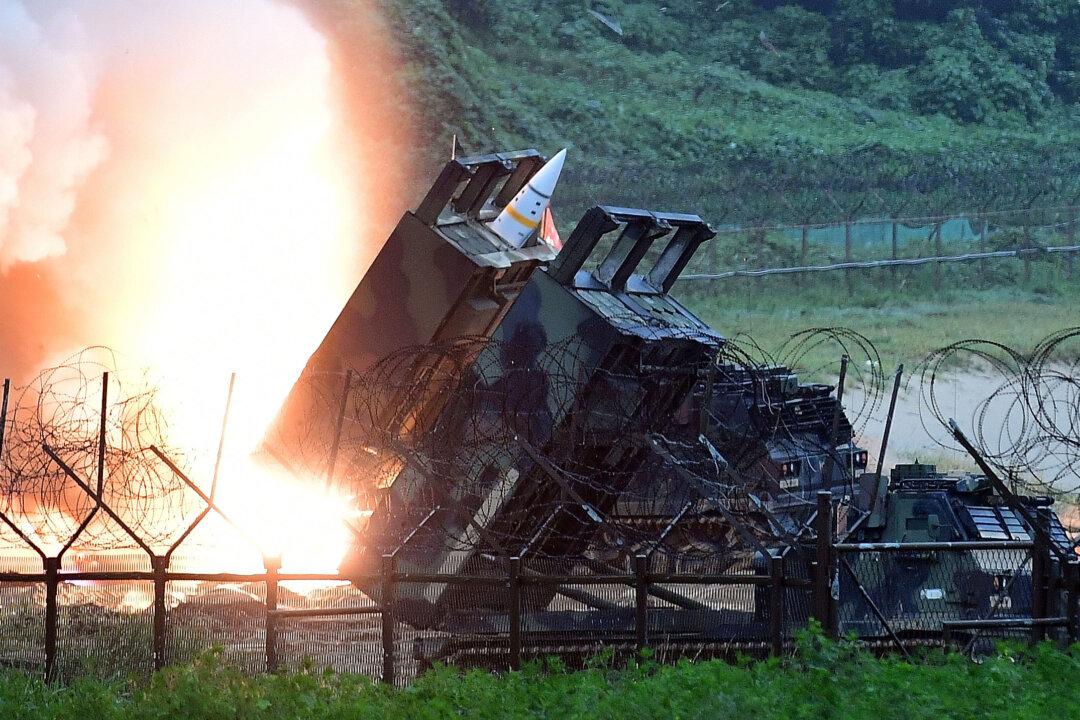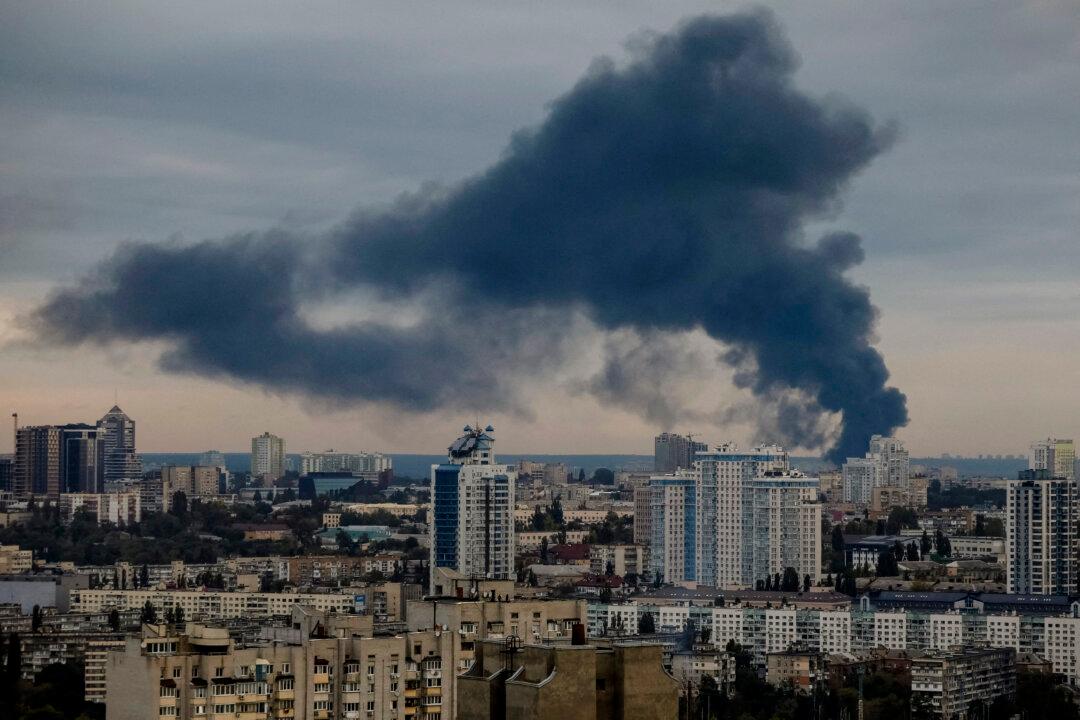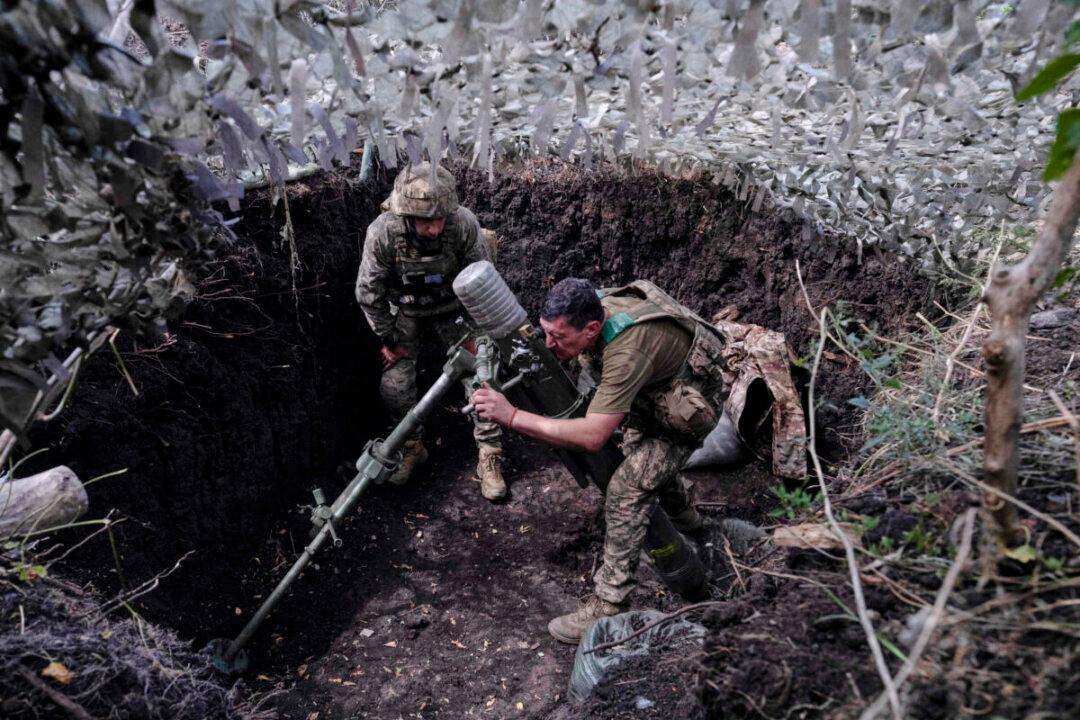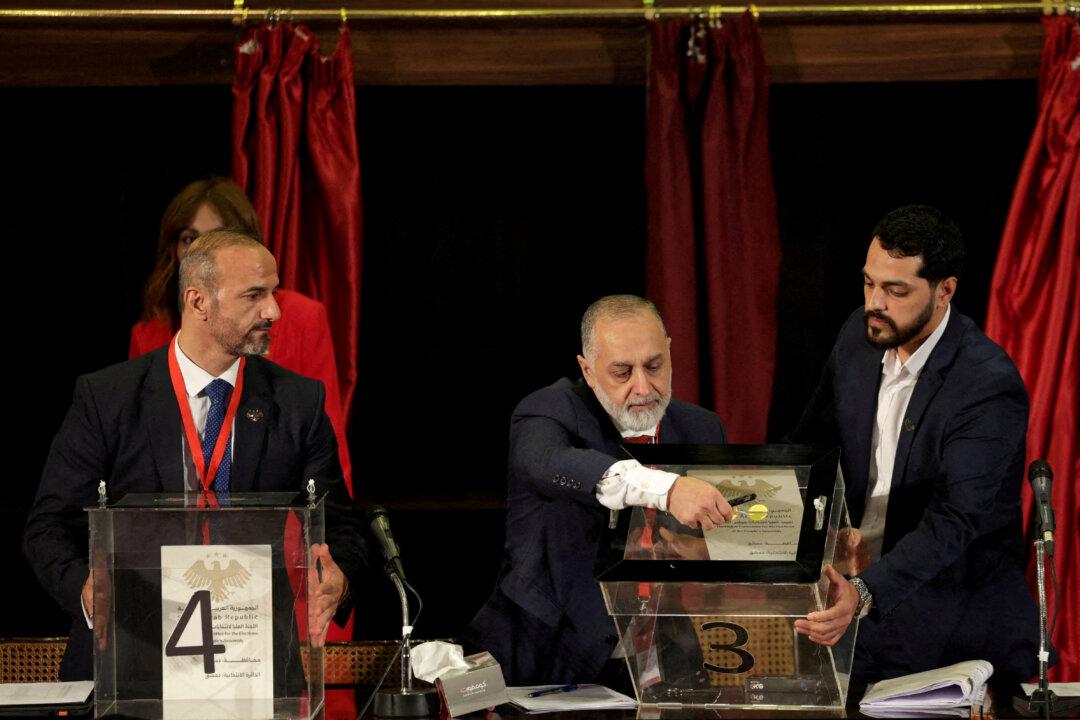In recent weeks, Kyiv’s allies, particularly the United States and the UK, have appeared increasingly open to the notion of letting Ukraine use long-range missile systems supplied by the West to strike targets deep inside Russia.
Geopolitical implications aside, some experts believe that given current realities on the battlefield, such a scenario is unlikely to turn the tide of the conflict in Ukraine’s favor.





